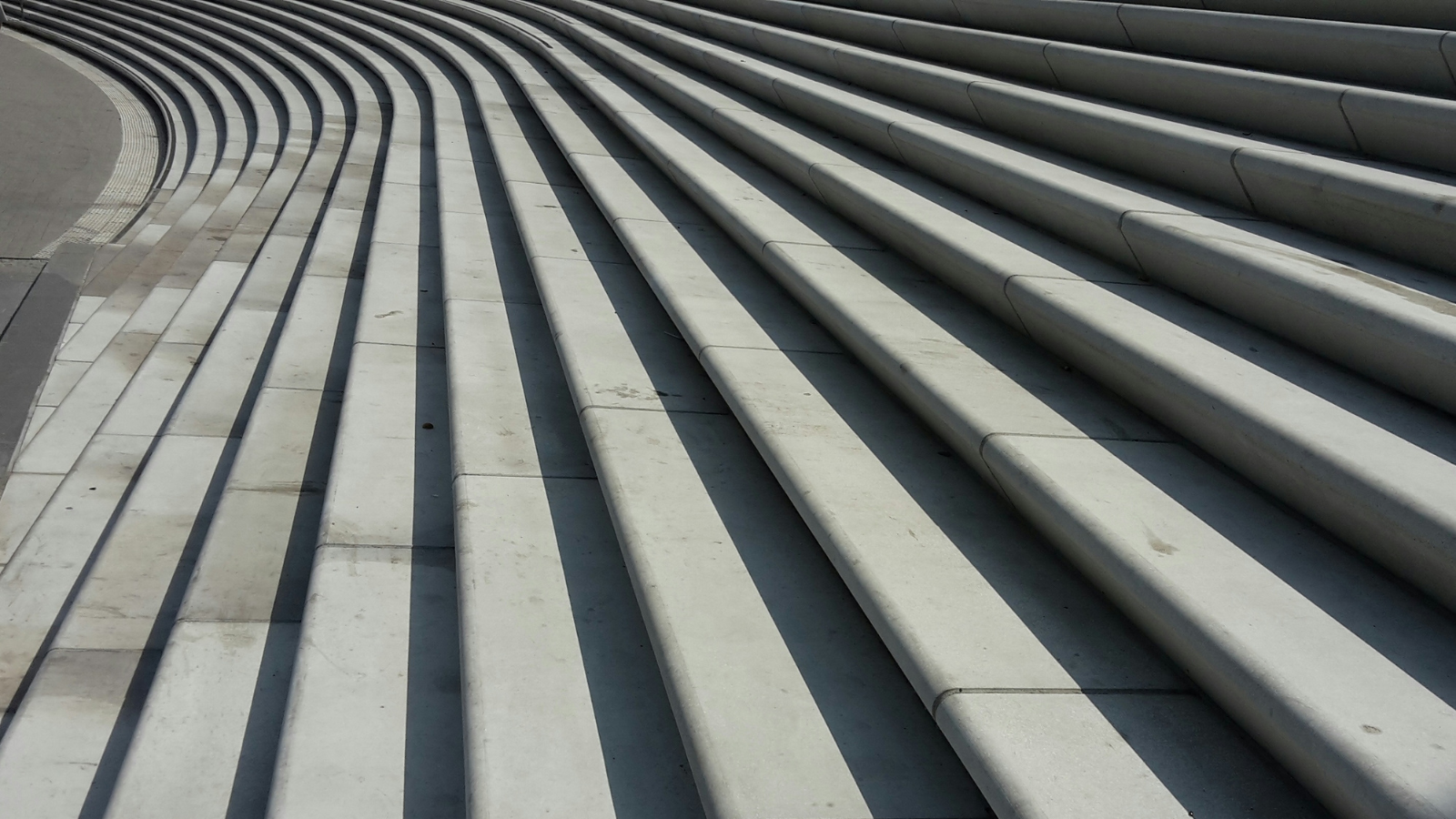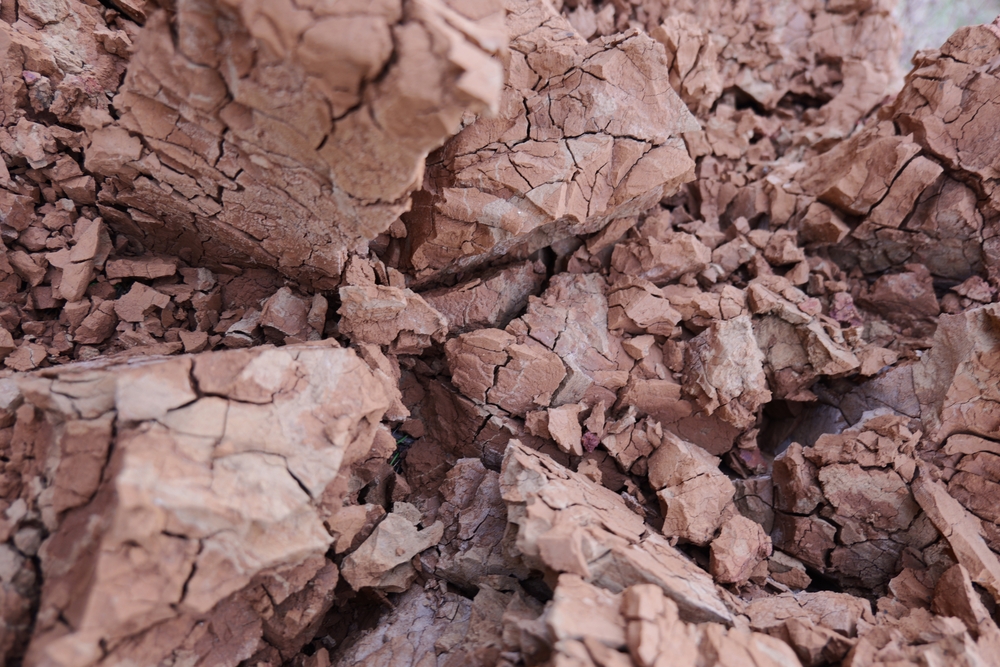Press release – Cementing a greener future: Alliance marks first year with new roadmap for low-carbon cement and concrete

Low-carbon cement and concrete solutions exist but are disadvantaged by outdated standards, policies, and laws on the European market. The growing Alliance for Low-Carbon Cement & Concrete (ALCCC) [1] aims to change that and steer the sector towards viable decarbonisation pathways. Today, the Alliance celebrates one year of accelerating cement and concrete industry decarbonisation with a new policy roadmap for the EU.
Launched in May 2023, the Alliance for Low-Carbon Cement & Concrete (ALCCC) unites environmental NGOs and companies from across the cement and concrete value chain with a shared desire to change the industry – and prevent catastrophic climate change.
Safe, scalable, and cost-effective technology to significantly reduce the massive environmental impact of cement and concrete already exists. It is now on the shoulders of regulators and legislators in the upcoming policy cycle to make them the norm in the EU. The ALCCC’s new policy roadmap charts a necessary and feasible course to net zero by 2040 [2].
Having welcomed two new members this month [3], the ALCCC has more than doubled in size since its launch. Together with 25 members, we place material innovation at the heart of the political debate in Brussels [4].
“Our members show that the technologies needed to make low-carbon cement and concrete the norm already exist. This uniquely positions our Alliance to raise the alarm when policies and standards lead to unfair competition instead of a greener future – and the latter is perfectly achievable if policymakers implement our roadmap,” says Joren Verschaeve, Senior Programme Manager at ECOS – Environmental Coalition on Standards, coordinator of the ALCCC.
“We are at a turning point. We now have solutions to accelerate cement and concrete decarbonisation, but ensuring those technologies are deployed at scale will require policy support, performance-based standards, and innovative financing,” says Penelope Le Menestrel, Manager, Europe at Breakthrough Energy [5].
“Joining the ALCCC aligns with Omya’s commitment to sustainability by leveraging our mineral admixtures to reduce carbon footprint and drive decarbonisation through industry collaboration and scientific research,” says Nadine Nicolai, Global Business Development Director Construction at Omya, one of the Alliance’s newest members.
Notes to the editor:
[1] ALCCC website: https://alliancelccc.com/
[2] A roadmap for cement and concrete from 2024 to 2029, ALCCC, May 2024: https://alliancelccc.com/policy/roadmap-for-cement-and-concrete-from-2024-to-2029/
[3] Carbon Upcyling: Carbon Upcycling is a circular decarbonisation solution for hard-to-abate industries. Its carbon capture and utilisation technology sequesters CO2 emissions into industrial byproducts, upcycling them into an enhanced material to replace clinker, the most carbon-intensive ingredient in cement. The company’s commercial technology is currently being commissioned at Canada’s largest cement plant to decarbonise operations and develop a resilient, local supply of cement. https://carbonupcycling.com/
Omya International: A leading global producer of essential minerals – mainly derived from calcium carbonate, dolomite, and perlite – and a worldwide distributor of specialty chemicals. Omya provides innovative products and environmental solutions that contribute to its customers’ competitiveness in multiple industries such as construction, paper and board, polymers, food, pharma, personal and home care, agriculture, water, and energy. https://www.omya.com/en
[4] ALCCC report: ‘Fast-tracking cement decarbonisation: From underperforming to
performance-based standards’ https://alliancelccc.com/policy/report-fast-tracking-cement-decarbonisation
[5] The ALCCC is supported by Breakthrough Energy


